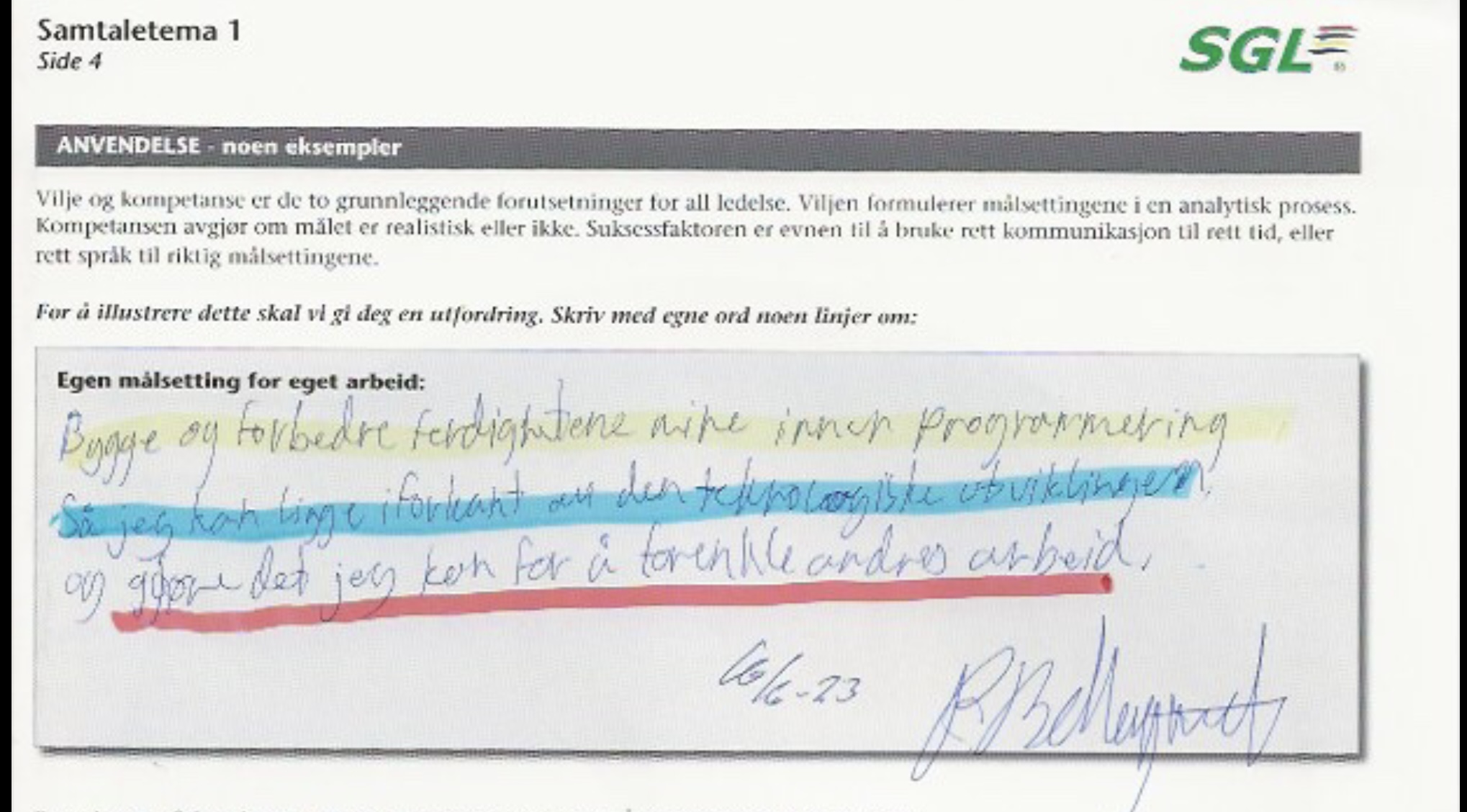Determined to clarify things, Espen organized a company-wide meeting. The head of security gave a thorough presentation, and discussions followed. Some people asked questions, debated solutions, and shared their concerns. But as the meeting ended, Espen realized, nothing had been decided. The issue remained unresolved.
His frustration turned to worry. Why wasn’t the message getting through? Why were people hesitant to act? He reached out to me as SGL-expert for advice. “You’re relying too much on logic,” I told him. “People don’t just process information—they feel it. If you want real change, you need to connect with them on a personal level.”
Following the advice, Espen identified the key influencers in the company—leaders, respected colleagues, and department heads. He visited them one by one, not in boardrooms, but in their own spaces. He spoke honestly about the situation, shared his concerns, and asked for their perspectives. He was open, vulnerable, and sincere.
Something shifted. These conversations built trust. The influencers took ownership of the issue, discussing it among their peers. Soon, a shared understanding emerged. When Espen called for a follow-up meeting, the energy was different. Employees were engaged, proactive, and ready to implement the solutions.
True leadership isn’t just about delivering information—it’s about delivering it in a way that resonates.



